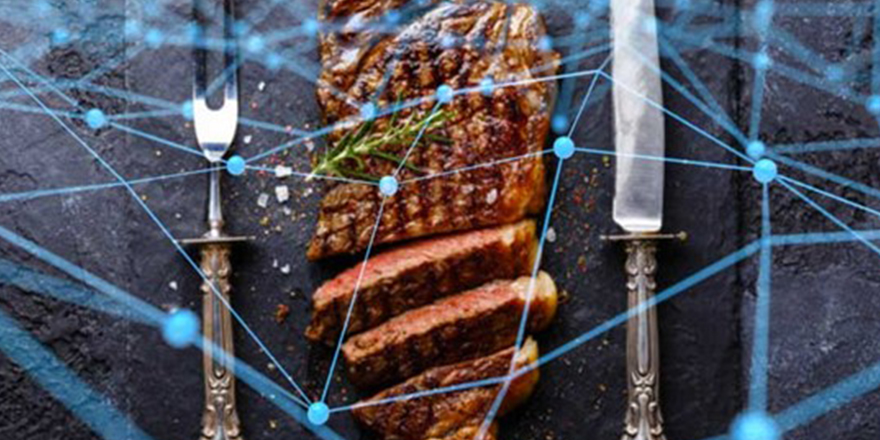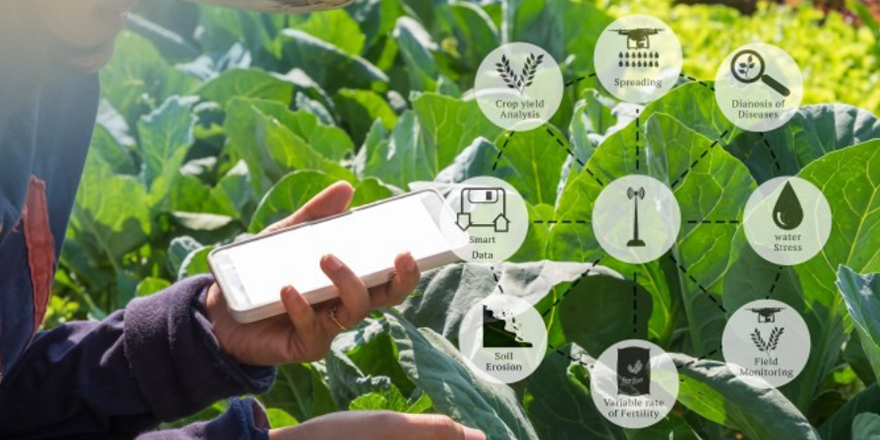
Executive summary
New Zealand’s agricultural industry has a reputation for being at the forefront of technological innovation.
Challenges such as nutrient deficient soils and distance to market have been met with novel fertilisers and refrigerated shipping. World renowned animal welfare standards and freedom from significant agricultural pests and diseases give our farmers significant advantages compared to their overseas counterparts.
It may be a surprise to learn, therefore, that the means of certifying products and providing assurance to global markets continues to rely on a paper-based system.
Importers must trust the paperwork provided by the exporter. Exporters must trust the paperwork provided by the producer. Producers must trust the paperwork provided by the supplier, and so on. This “one up, one down” traceability is becoming less acceptable to the global market, especially when it comes to food safety and claims of provenance.
A potential solution is to adopt blockchain technology, where a decentralised ledger allows supply-chain-wide visibility of product flows and immutable proof of claims.
While blockchain was developed for, and is still chiefly used in, the field of cryptocurrencies, it has found utility in other sectors including finance and supply chain management. The global diamond trade demands absolute proof of provenance to avoid stones mined using forced labour or where proceeds fund violence – it has found a solution to this using blockchain.
Blockchain has become a technological buzzword which has garnered plenty of attention, confusion, and misunderstanding. The purpose of this research report is to understand what a blockchain is, what it can (and cannot) do, what barriers exist to its adoption in red meat traceability, and what opportunities it presents.
Analysis of the literature and interviews with industry stakeholders leads to the general conclusion that while blockchain has some significant advantages over traditional, centralised databases, there is doubt as its maturity as a technology.
This represents significant risk to those interested in adopting it, and, coupled with the cost of replacing or upgrading systems across the supply chain, it is widely held that existing systems are fit for purpose and to make a shift to blockchain would represent an unnecessary disruption to the industry.
That said, there are potential drivers for blockchain adoption to consider. Government regulations regarding food safety and animal traceability are updated continually and can require the adoption of new technologies (the NAIT Act 2012 for example).
Import requirements are subject to change, especially in the face of food fraud and the global spread of animal and human diseases. Then there is the industry itself, which has an impressive track record of adopting and adapting technologies for the improvement of sustainability and productivity.
The convergence of blockchain with technologies such as the Internet of Things and machine learning could change the way farmers go about their business altogether.
It is therefore recommended that stakeholders in the New Zealand red meat sector keep an open mind to the possibility of adopting blockchain technology and be prepared to invest in further technological innovation as more demands are placed on existing systems. Being “blockchain-ready” will undoubtedly leave the sector better prepared for the future of global red-meat trade.




